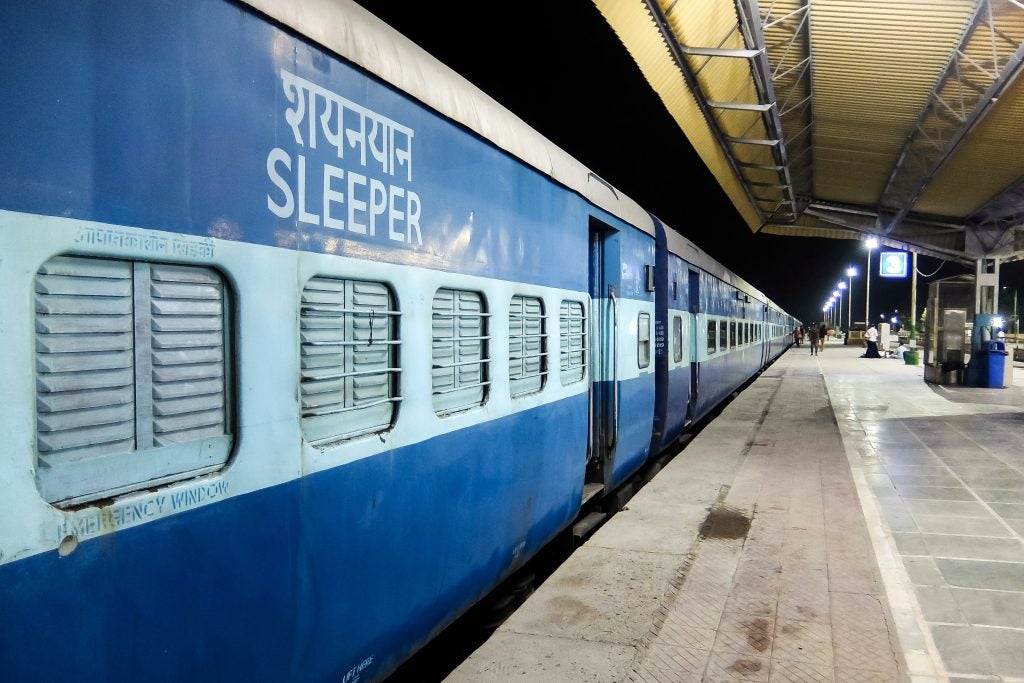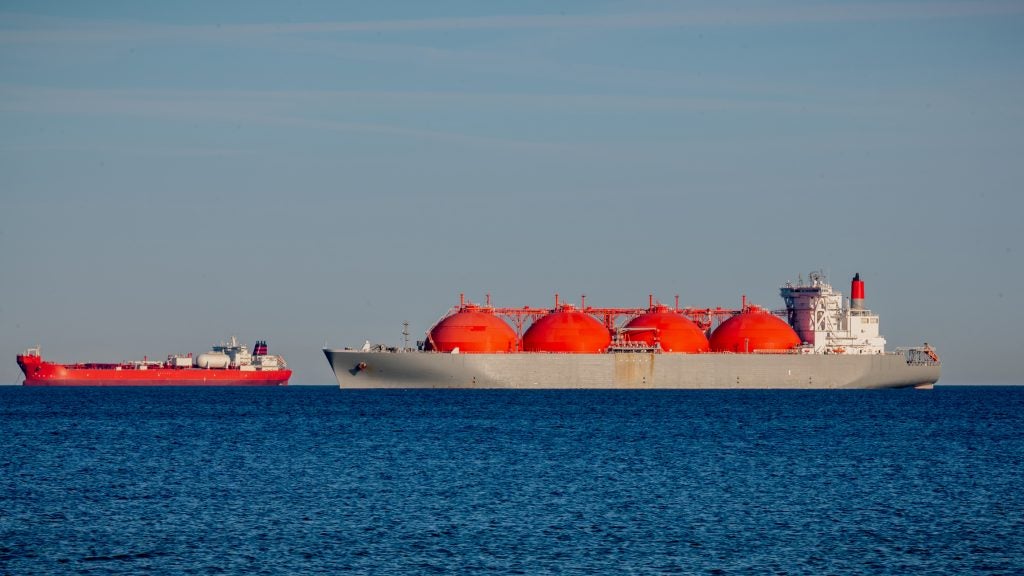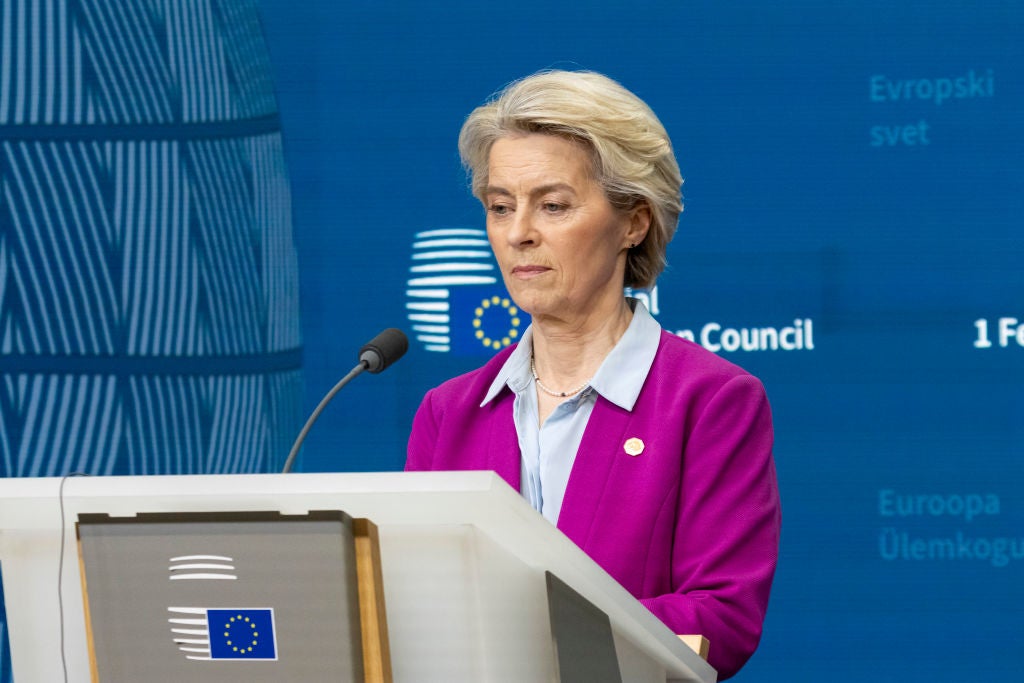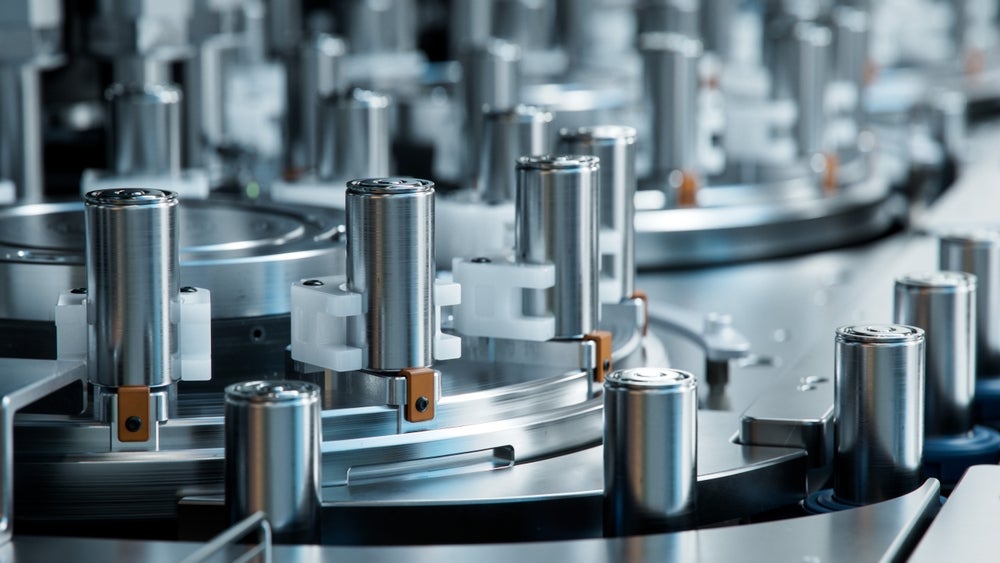Electric rail transportation was first introduced in India all the way back in 1925, when a 16km section of railway was electrified to provide a rapid suburban service from the suburbs of Mumbai (then Bombay) into the city.
Between independence in 1947 and the early years of the 21st century, electrification efforts were largely focused on commuter and major intercity lines, gradually progressing as a part of Indian Railways’ strategic five-year plans.
In January 2015, though, everything changed. The national Railway Board established an Environment Directorate to coordinate environmental initiatives across the Indian Railways network. At this point, locomotives were a mixture of diesel and electric, with around 45% of the rail network electrified.
Until the 1980s, the network had been largely steam-powered. Modernisation efforts introduced the diesel locomotive – but this brought with it new problems related to energy security. With the fourth-largest coal reserves in the world, India was able to power its own trains when they were run on steam. However, the country has an 80% dependence on imports for crude oil.
New, centralised investment from the Environment Directorate saw the rate of electrification increase substantially. Between 2019 and 2023, it increased at a rate of 16 route kilometres (rkm) per day, nearly twice the rate of electrification over the previous five-year period, and nine-times quicker than the period before that.
Around 40,000km have been electrified since 2014, versus 21,801 in all the years prior to 2014. With 94% of lines electrified as of 1 January 2024, Prime Minister Narendra Modi has pledged that Indian Railways will achieve 100% electrification within “a few months”.
The total expenditure on railway electrification since 2014 amounts to more than 46,425 crore rupees ($5.5bn), according to Indian Railways data. It will take some time for diesel locomotives to be totally retired and replaced by electric equivalents, but already the tide has significantly shifted, with 10,238 electric and 4,543 diesel locomotives as of December 2023.
“The pace of electrification has been the highest in the last 15 years: between 2011 and 2020, about 20,000rkm of railway lines were electrified, and another 20,000km of route kilometres have been electrified between 2020 and November 2023,” says Sharif Qamar, associate director at the Energy and Resources Institute, a Delhi-based research institution. “This is an incredible pace of electrification for a railway system so vast.”
According to Qamar, key to electrification’s success has been assured funding, speedy permitting, fast-tracked engineering, procurement, and construction, and the decentralisation of spending powers and decision-making.
Many regions of India now have 100% electrified rail.
Indian Railways has become the country’s largest consumer of electricity, and the impact of this shift towards electrification on the country’s energy independence is significant. In its approval for the electrification of the remaining non-electrified portion of the railway network (13,675rkm) in 2018, the Cabinet Committee on Economic Affairs said the switch of this last section would save 2.8 billion litres of high-speed diesel oil per annum, according to Indian journalist Priyadarshi Dutta.
“India spent over $100bn during April–December 2023 on the import of crude oil,” says Qamar. “It is a huge burden on the exchequer of any country that is trying to move up the development trajectory.”
As well as enhancing energy security, Indian Railways says that a major reason for electrification is to make the railway system more environmentally friendly. Last year, Indian Railways set an ambitious goal of becoming a net-zero carbon emitter by 2030. India’s nationally determined contribution – an emissions pledge submitted to the UN as part of the 2015 Paris Agreement – also makes reference to a decarbonised rail system as a means of the country meeting its emissions-reduction target.
For the time being, however, electrification does not necessarily equate to decarbonisation. Around 70% of the country’s electricity continues to come from burning coal, despite an ongoing major policy push to boost solar power.
“There remains a major problem in the source of energy for electricity,” says Dr D Dhanuraj, chairman of the Kerala-based Centre for Public Policy Research. “We need to invest more in renewables to meet the energy requirements of Indian railways and to realise its climate change commitments.”
India is far ahead of other regions in the world on electric rail
India’s rapid shift to electric rail is in marked contrast to both the rate of electrification and ambition found in other parts of the world. “More efforts are needed” for the world’s rail systems to meet the requirements of net zero, says the International Energy Agency in its most recent Net Zero 2050 tracking report.
This report details how, over the past two decades, direct CO₂ emissions from diesel rail operations increased by 0.6% annually, on average, while emissions need to decline by around 5% annually to 2030 to be on track for a net-zero rail sector.
In Germany, Deutsche Bahn has set a climate neutrality goal for 2040 – a full ten years behind India – and analysts complain that the country is not on track for its 2030 target of 75% network electrification.
In the US – which has the longest rail network in the world – Amtrak has set a target for net-zero emissions by 2045. However, electrification is happening at a snail’s pace, with just 1% of US track currently electrified.
In the UK, meanwhile, Network Rail is planning for Net Zero 2050 – a full two decades after India – and currently stands at 38% electric. Network Rail has set a target of electrifying 448km of track a year, but in 2022 only managed to electrify 2.2km.
A lack of political will to change the situation, as well as the fact that UK railways are the oldest in the world and available funds are typically directed towards more urgent repair, are reasons cited for slow electrification progress in the UK.














